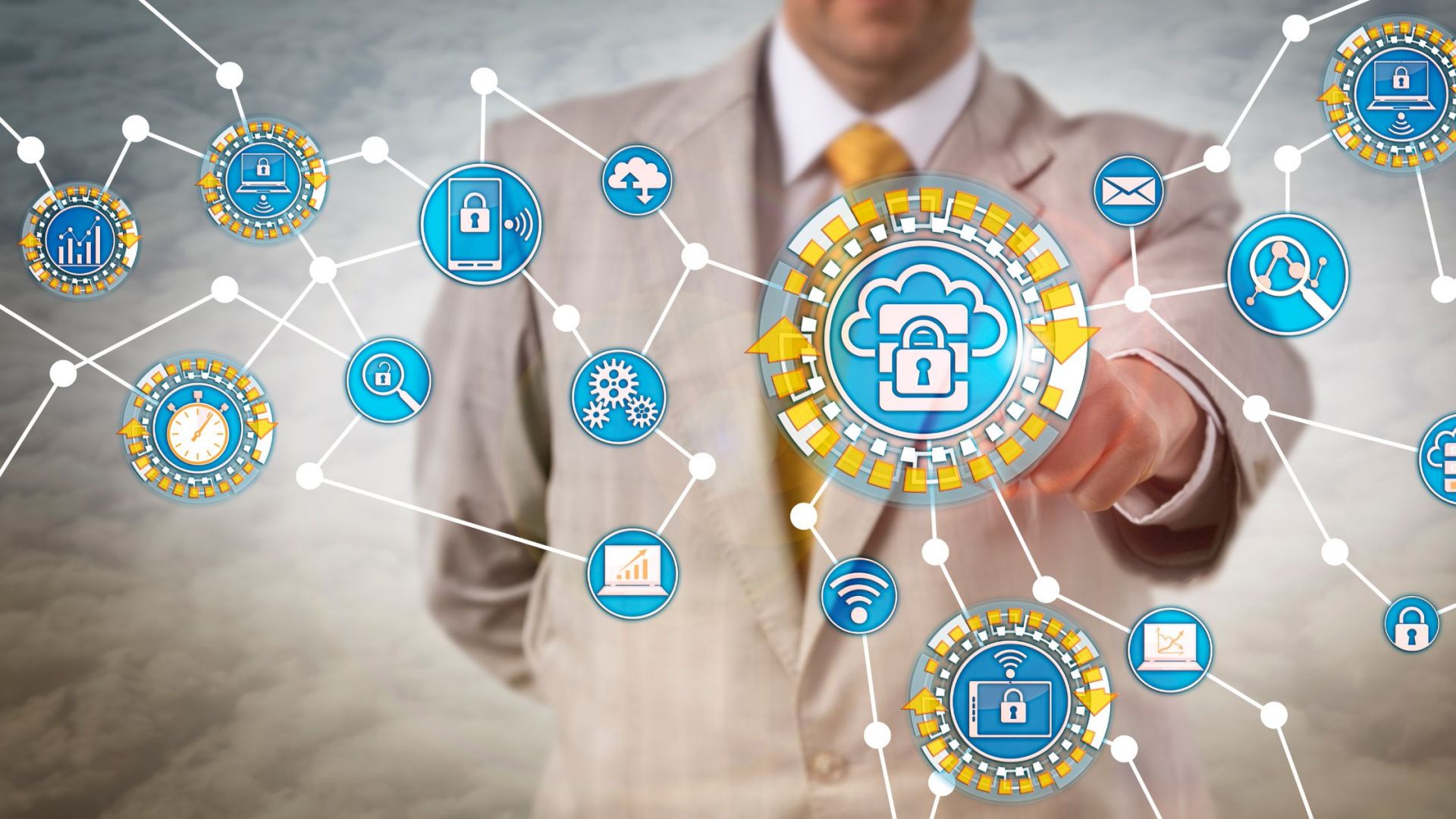
The Difference Between Edge and Cloud Computing
Small and established businesses continually move their operations and applications to the cloud. It’s a safe, easily accessible, and cheaper storage option. However, as organizations continue to adopt cloud computing, a new form of computing is emerging, known as edge computing.
In this article we are going to discuss The Difference Between Edge and Cloud Computing, so without further ado, let’s dive deeper.
Cloud Computing
Cloud computing may be defined as delivering computing services over the internet (cloud) to offer flexible resources, faster innovation, and economies of scale, and here we can point pin:
● Databases
● Servers
● Storage
● Networking
● Software
● Intelligence
● Analytics
Today, over 28% of an organization’s IT budget goes to cloud computing for storage, software, and solutions. In addition, 70% of businesses also have at least one app in the cloud. Enterprises are implementing cloud infrastructure because of its lower upfront cost without the need for hardware infrastructure. They also have flexible pricing based on users or devices engaged or the amount of data stored.
Many users also love the simplified IT management cloud services providers offer their customers across different platforms. Cloud computing saves time and resources and is easily scalable depending on any organization’s size and budget.
Examples of cloud computing providers are:
● Amazon Web Services (AWS)
● Google Cloud Platform (GCP)
● Alibaba Cloud
● IBM Cloud
● Microsoft Azure
● Oracle Cloud
Edge Computing
Edge computing involves moving computing power (distributed computing framework) closer to data sources, such as an Internet of Things (IoT) device, sensor, or server. As a result, the computer is at the edge of a network, which gives it more power, faster data processing, easier data accessibility, ensured data sovereignty, and increased bandwidth.
By processing data at the edge, there’s a reduced need for extensive data communities to travel in the cloud, in devices, or among servers to get processed. Also, it is essential for data and modern applications like IoT and artificial intelligence (AI), which have much data to process. For example, an amazon audit of an Amazon trading account would be easier with edge computing than cloud computing.
Edge computing solves the shortcomings of cloud computing, such as reduced bandwidth, data security, latency, and availability. In addition, the proximity to the network and data at the edge delivers robust business benefits, including faster insights and better bandwidth availability.
Examples of edge computing providers are:
● Amazon Web Services
● Microsoft Azure
● Dell Technologies
● ClearBlade
● EdgeConneX
● Section
Is Edge Computing Part of Cloud Computing?
Edge computing devices may contribute cloud resources if the computer’s storage and capabilities at a network’s endpoints are pooled, abstracted, and shared across a network. This can make it part of a more extensive cloud computing infrastructure, but with little to no latency and better bandwidth.
However, edge computing isn’t part of cloud computing. Instead, edge computing is valuable and better because it purposefully separates from cloud computing and clouds to come near the data endpoints.
Final thoughts
As technology continues to grow, with increased data generation, data processing efficiency, time and access are vital aspects of storage. While cloud computing is still in its adoption, edge computing is emerging as a better option minimizing the need for a central processing system. Companies also continue to find efficient data processing and access, which means other computing methods may arise.





